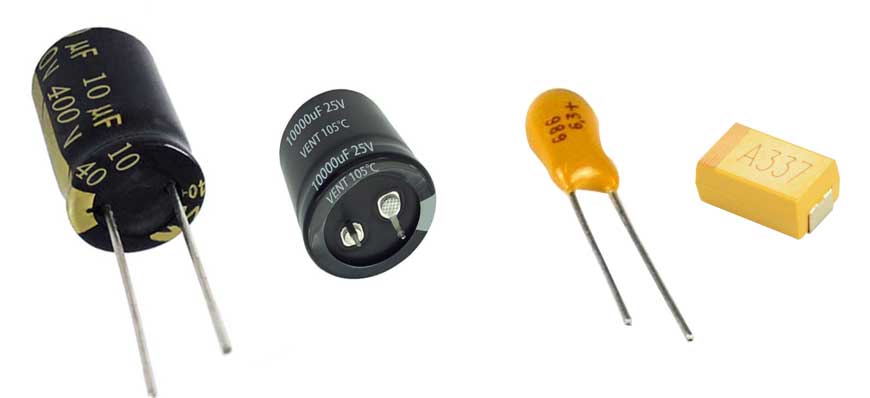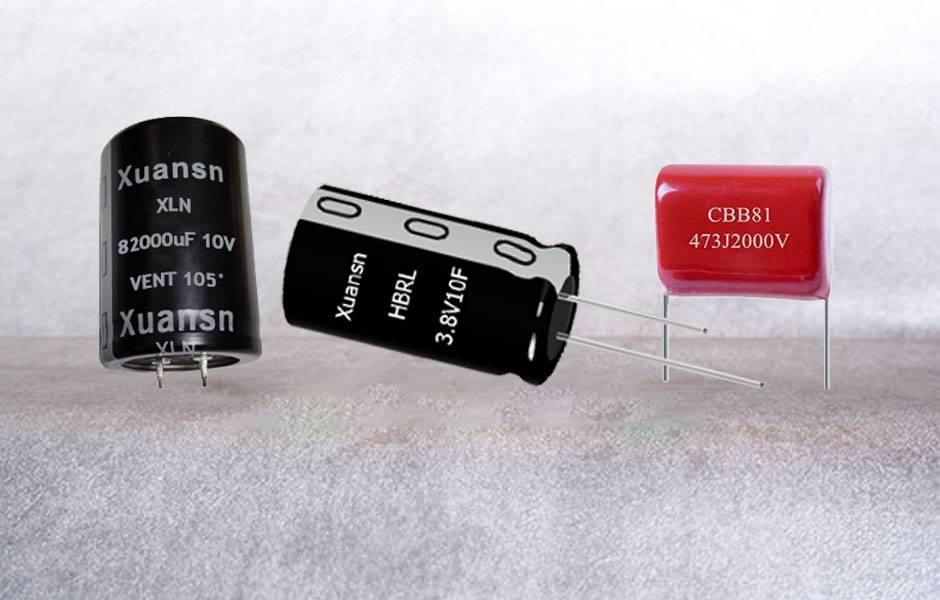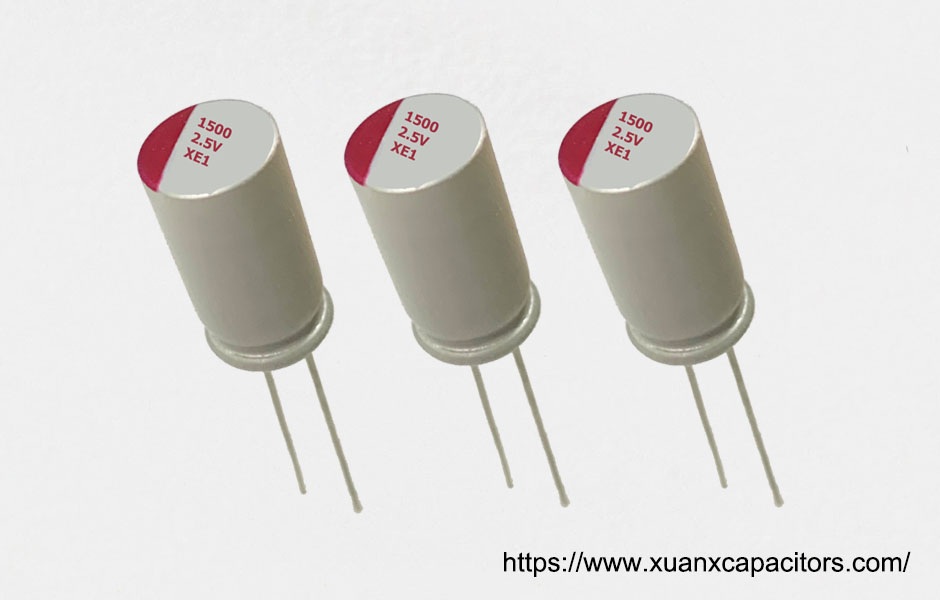Characteristics of electrolytic capacitors
According to electrode materials, common electrolytic capacitors are mainly aluminum electrolytic capacitors and tantalum electrolytic capacitors.
1. Aluminum electrolytic capacitor
Aluminum electrolytic capacitor is a liquid electrolytic capacitor. According to the state of the dielectric material, it is divided into liquid aluminum electrolytic capacitors and solid aluminum electrolytic capacitors.
Aluminum electrolytic capacitors have larger capacitance. Compared with non-polar capacitors, they have lower insulation resistance, larger leakage current and poor frequency characteristics. The capacity and loss will vary with the surrounding environment and time, especially when the temperature is too low or too high. Under high conditions, it will fail if it is not used for a long time. Therefore, aluminum electrolytic capacitors are mainly used in low-frequency and low-voltage circuits.
There are various specifications of aluminum electrolytic capacitors, and their shape varies according to the manufacturing process. Commonly used are angular aluminum electrolytic capacitors, bolt-type aluminum electrolytic capacitors, axial aluminum electrolytic capacitors and lead electrolytic capacitors.

2. Tantalum electrolytic capacitor
Tantalum electrolytic capacitors are capacitors made of metal tantalum as the positive electrode material. There are mainly solid button electrolytic capacitors and liquid tantalum electrolytic capacitors. Among them, solid tantalum electrolytic capacitors are divided into discrete tantalum electrolytic capacitors and chip tantalum electrolytic capacitors according to different installation forms.
Tantalum electrolytic capacitors have better temperature characteristics, frequency characteristics and reliability than aluminum electrolytic capacitors, especially low leakage current, good charge storage capacity, long life, and small errors, but they are expensive and usually used in high-precision electronic products.




